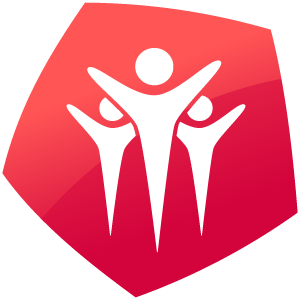Mental Disabilities
Children with mental disabilities generally will go through typical developmental stages but at a much slower rate. Characteristics vary with disabilities, but a few approaches can be applied to all kinds of disabilities.
Characteristics:
- short attention span; easily distracted
- difficulty with transitions
- prefers to play with younger children
- afraid of trying new things
- difficulty in problem-solving
- does not remember things well
- may not be able to transfer learning to a new situation
- stumbles and falls because of poor body control
- speaks and uses language like a much younger child
- may repeat same movement over and over
- frustrated with change and transitions
What you can do:
- Keep verbal instructions simple.
- Break activities into small steps and give one instruction at a time.
- Practice activities over and over.
- Select activities that match the child's mental age and abilities.
- Show and tell a child how to do something by guiding hands and body through the motions of an activity.
- Provide opportunities to play near a child who is doing a similar activity. This can give the child with mental disabilities some ideas on how to use and explore the same materials.
- Make sure that there are obvious differences in size, shape, and colour when sorting or classifying objects. Subtle differences between red and maroon or circles and ovals can be confusing.
- Limit the number of art materials or toys to avoid overwhelming the child with choices.
- Give plenty of warning when an activity is about to change or end.








